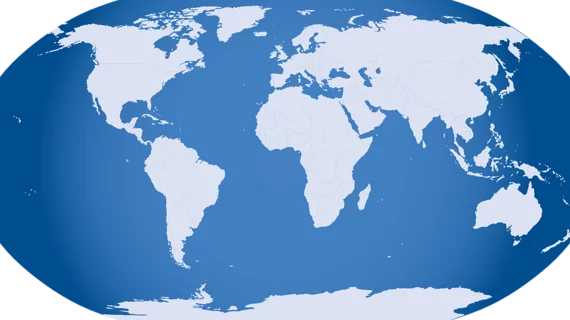Global radiology training is on the rise, new study finds
More residency programs are training students in global radiology than ever before, hoping to bring imaging to corners of the globe that have few such specialists.
That’s what researchers from the University of Massachusetts Medical School’s Department of Radiology reported Nov. 18 in the journal Current Problems in Diagnostic Radiology. In fact, a majority of radiology residency program directors said they view the specialty as an important aspect of global health.
The results are a positive sign, given the World Health Organization estimating that about two-thirds of the world’s population has zero access to diagnostic imaging. Prior studies have also reported lower levels of such training in residency programs.
“Increasing attention to global radiology may enable students, residents and faculty to find creative solutions to address the technical and logistical challenges to enhance access to radiology, worldwide,” first author Hana L. Haver and colleagues wrote.
Global radiology training offers residents the chance to participate in international experiences and collaborate on research with multiple institutions. Radiology departments work with resource-strapped regions to help students travel abroad to educate and support imaging departments or help design a PACS that enables remote reading.
The researchers surveyed 320 accredited radiology residency program directors and analyzed public information on program websites to arrive at their conclusions.
Overall, 38% reported offering a global radiology elective during residency, with 27% of programs affiliating with a medical institution outside the U.S. These numbers are higher than previous reports based on similar data, the team noted.
A majority (74%) of respondents said radiology is “very important” or “absolutely essential” to global health, but only a quarter of that group thought residents should receive formal training in global radiology.
The team also found that 84% of those surveyed received at least one question from a resident applicant related to global radiology training opportunities, indicating an opportunity for programs to seek out “globally minded medical students.”
Haver et al. did acknowledge their study represented only 32% of radiology residency programs in the U.S., and that their survey received a low response rate (19%). Despite this, they believe their study could prove informative to residency programs across the globe.
“We hope that these findings may facilitate prospective residents choosing an appropriate residency program, and further empower both residents and faculty members to engage in radiology on the world health stage,” the authors concluded.

